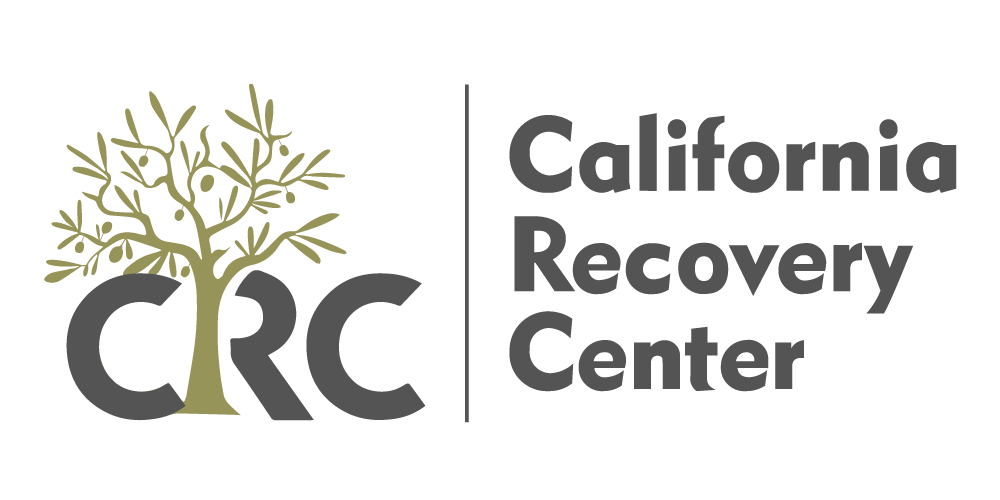Beginning in the 1970s, the United States government implemented the Controlled Substances Act (CSA) to regulate drugs that could be dangerous or addictive. The CSA set federal policy for the manufacture, importation, possession, use, and distribution of certain substances. Under this law, drugs are categorised into different classes of drugs based on factors like their addictive potential, ability to cause harm, and medical use. Currently, controlled substances are divided into five distinct classes.
The Five Different Classes of Drugs Explained
The Controlled Substances Act organises drugs into five schedules, numbered one through five. These schedules determine how drugs are classified based on medical use, potential for abuse, and the way they affect the brain and body. Understanding the different classes of drugs can help people recognise the risks associated with each type.
Schedule 1 Drugs
Schedule 1 drugs are considered the highest-risk substances and have no accepted medical use in the United States. They carry a high potential for addiction and can cause severe physical or psychological harm. Examples include Heroin, LSD, Ecstasy, and Peyote. While Marijuana is legal in some states, it remains classified as a Schedule 1 drug under federal law.
Schedule 2 Drugs
Schedule 2 drugs are high-risk substances that may have limited medical uses. Prescription medications in this class can be safe when used as directed, but carry a higher potential for addiction if misused. Common Schedule 2 drugs include Morphine, Cocaine, OxyContin, Fentanyl, Methadone, Ritalin, and Adderall.
Schedule 3 Drugs
Schedule 3 drugs have a moderate potential for addiction and are commonly prescribed to manage medical conditions. These drugs balance medical benefits with some risk for dependence. Examples include Ketamine, Anabolic steroids, Buprenorphine (Suboxone), and Codeine.
Schedule 4 Drugs
Schedule 4 drugs are prescription medications with a low risk for addiction. They are often used to treat medical or mental health conditions under supervision. Some examples are Diazepam (Valium), Lorazepam (Ativan), Clonazepam (Klonopin), and Alprazolam (Xanax).
Schedule 5 Drugs
Schedule 5 drugs have the lowest risk of addiction and are commonly prescribed by healthcare providers. Medications in this class often include cough syrups that contain small amounts of codeine.
Seeking Help for Drug or Alcohol Addiction
Understanding the different classes of drugs is important, but knowing when and how to seek help is equally critical. If you or a loved one struggles with substance use, professional treatment can provide safe detox and structured recovery. Depending on the substance and severity of addiction, withdrawal symptoms may occur if use is reduced or stopped without support.
Our treatment centre offers personalised programs designed to guide you through detox and into recovery. Contact our admissions team today to learn more about our addiction treatment options and how we can help you achieve long-term wellness.




